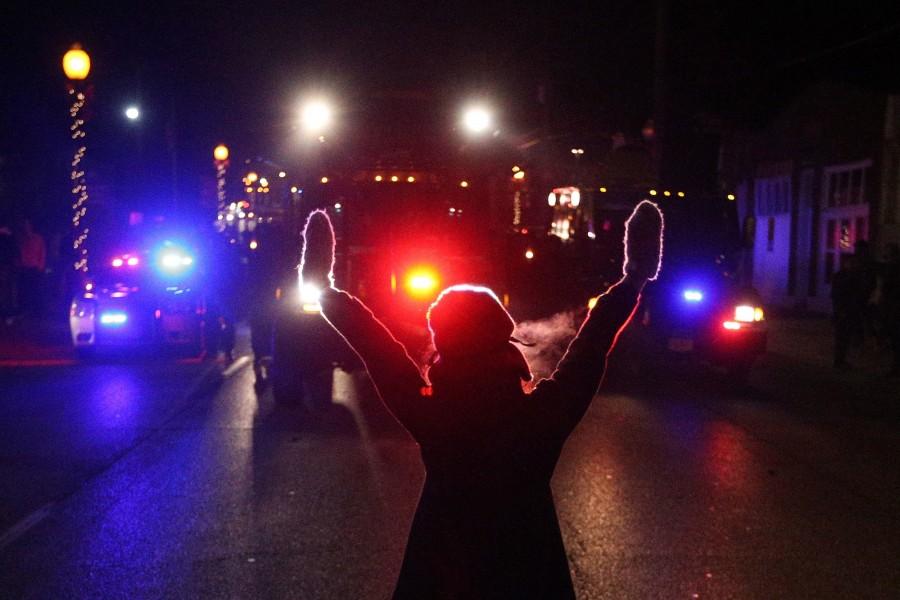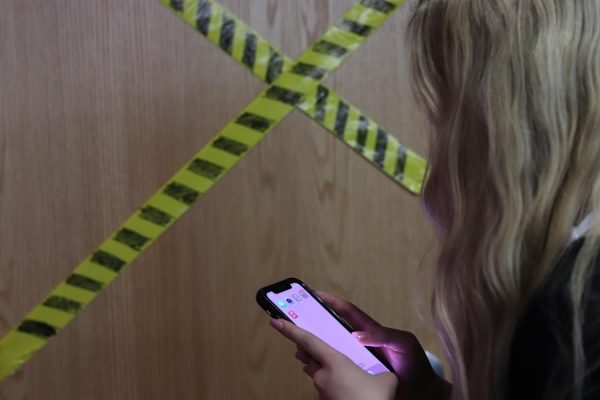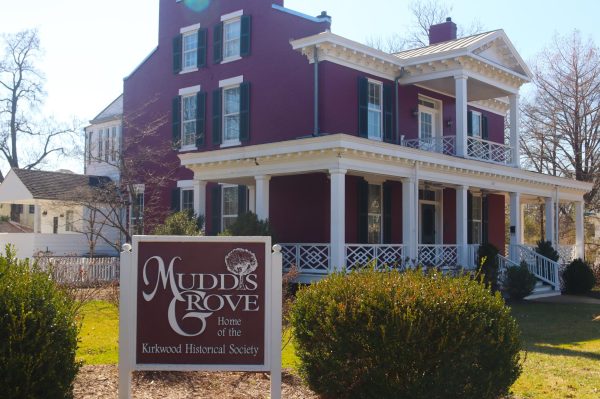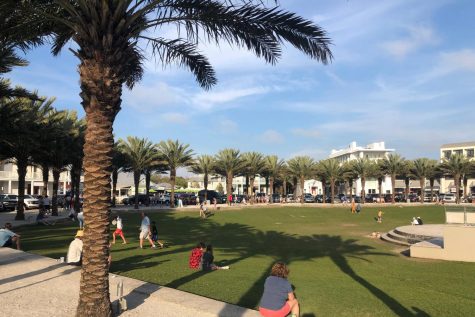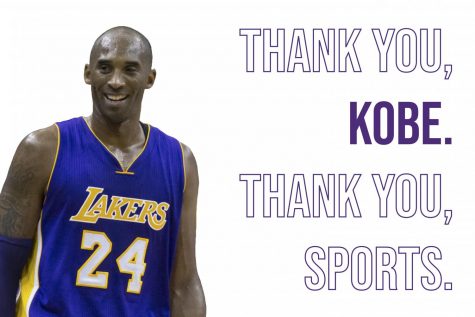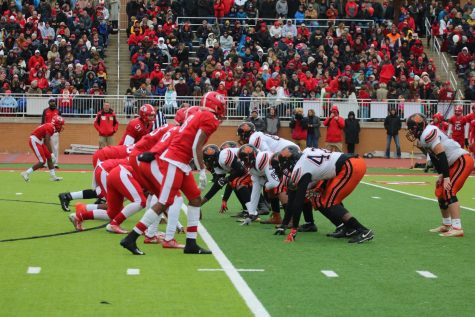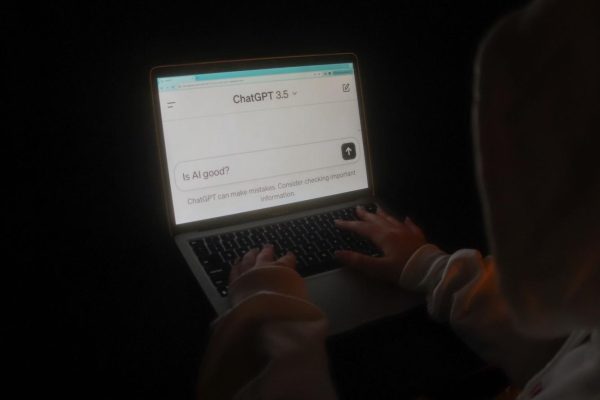How to avoid another Ferguson
Tensions run high over six months after Officer Darren Wilson shot and killed 18-year-old Michael Brown. This time period has given people the opportunity to process the incident as well as propose long-term solutions to the issues revealed by Ferguson. While Brown’s murder was by no means acceptable, Ferguson offers a deeper look into the way authorities and civilians interact with one another and ways this relationship can be improved. People can point fingers at each other, but the bottom line is in order to prevent another Ferguson, change needs to happen on both sides.
What is clear is Michael Brown wasn’t a perfect, law-abiding citizen. Ferguson police released a video Aug. 15 of Brown allegedly robbing a convenience store minutes before he was shot by Officer Wilson. An autopsy also showed Brown didn’t have his hands up, a prominent symbol of the Ferguson protests, and the testimony of several African-American witnesses supported Officer Wilson’s account of Brown being the aggressor.
Whether Brown initiated the shooting or not, the incident itself as well as the convenience store robbery points to the fact African-American crime has been a problem and continues to be one today. This has caused police to distrust African-Americans in some cases, leading to the unfortunate deaths of Eric Garner, John Crawford and Michael Brown. According to the FBI, whites committed 6,214,197 crimes in 2013, while African-Americans committed only 2,549,655. But the numbers are largely disproportionate.
In the same year, the U.S. Census reported a total population of 316,128,839, of which roughly 245,632,108 was white and 41,729,007 was black. When comparing the number of crimes committed by each race relative to their populations, it can be concluded the average African-American committed two to three times more crimes than the average white person. While racism still exists in the criminal justice system, it cannot begin to account for such staggering numbers.
To combat African-American crime rates, it takes a solid moral foundation. It’s important for children to be immersed in an environment that discourages lying, cheating and going against the law, whether black or white.
Maybe the most obvious way to build on moral standards would be to improve African-American education, especially in the cities, where negative influences such as crime and the illegal drug trade run rampant. A lack of education is obvious, as only 54 percent of African Americans graduate from high school, compared to 75 percent of their Caucasian and Asian counterparts, according to PBS. Better schools and curriculum in African-American communities, particularly for children, would teach discipline and compliance to the law. They would also relieve African-American poverty, another factor that has played into high crime rates.
The police’s growing authority over the years also can’t be overlooked. In 2013, military-style SWAT teams were deployed 45,000 times in the United States. Police equipment is also becoming heavier, as nearly 500 law enforcement agencies own MRAP (Mine Resistant Ambush Protected) vehicles.
While this equipment is dangerous, it can be monitored via implementation of cameras on police and police equipment. President Obama requested $263 million in funding for more than 50,000 police body cameras in December. Despite their hefty price tag, cameras would prove beneficial in the long run. Knowing their conduct is recorded, they would act as a strong incentive for police to avoid abusing civilians. Cameras would also provide reliable evidence during the investigation of civilian-police incidents.
But it’s also foolish to believe cameras can prevent all police officers from abusing their power. Police have to develop a level of empathy and treat everyone as human beings, no matter their race. It’s disheartening to watch as members of the law enforcement harm the very people they are supposed to protect, to say the least. But at the same time, the community has to have empathy for the police, who have been beaten, yelled at and threatened by protesters. School resource officer Chad Walton declined to comment on the Ferguson incident, and understandably so.
Michael Brown’s murder was devastating, but it gives people an opportunity to reconsider multiple issues, most notably a problematic relationship between police and the African-American community. This issue can be repaired with cooperation from both sides. Luckily, there have been efforts to close the gaps that have surfaced in the aftermath of the Ferguson incident, most notably “Youth Speak,” an opportunity hosted by the Ferguson Commission for adolescents in the St. Louis area to discuss the issues raised after Michael Brown’s death. If these discussions continue, change will inevitably ensue.
Your donation will support the student journalists of Kirkwood High School. Your contribution will allow us to purchase equipment and cover our annual website hosting costs.

Grade: 12
Twitter handle: @Dav_Reynolds
If you could be another Call staffer, who would you be?: Julia Wunning-Zimmer
Interests: Journalism, numbers/data,...


